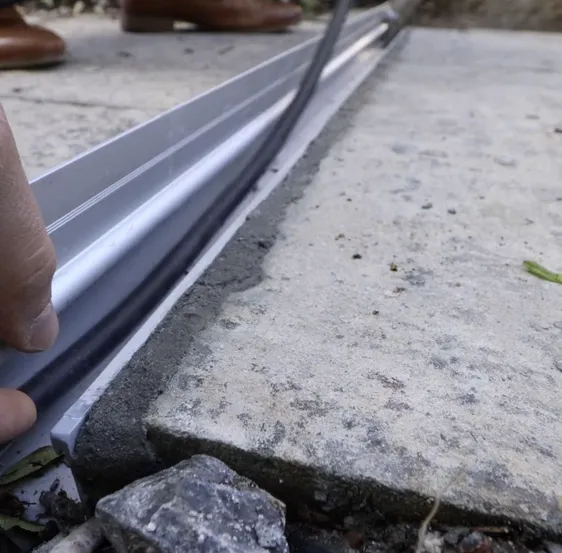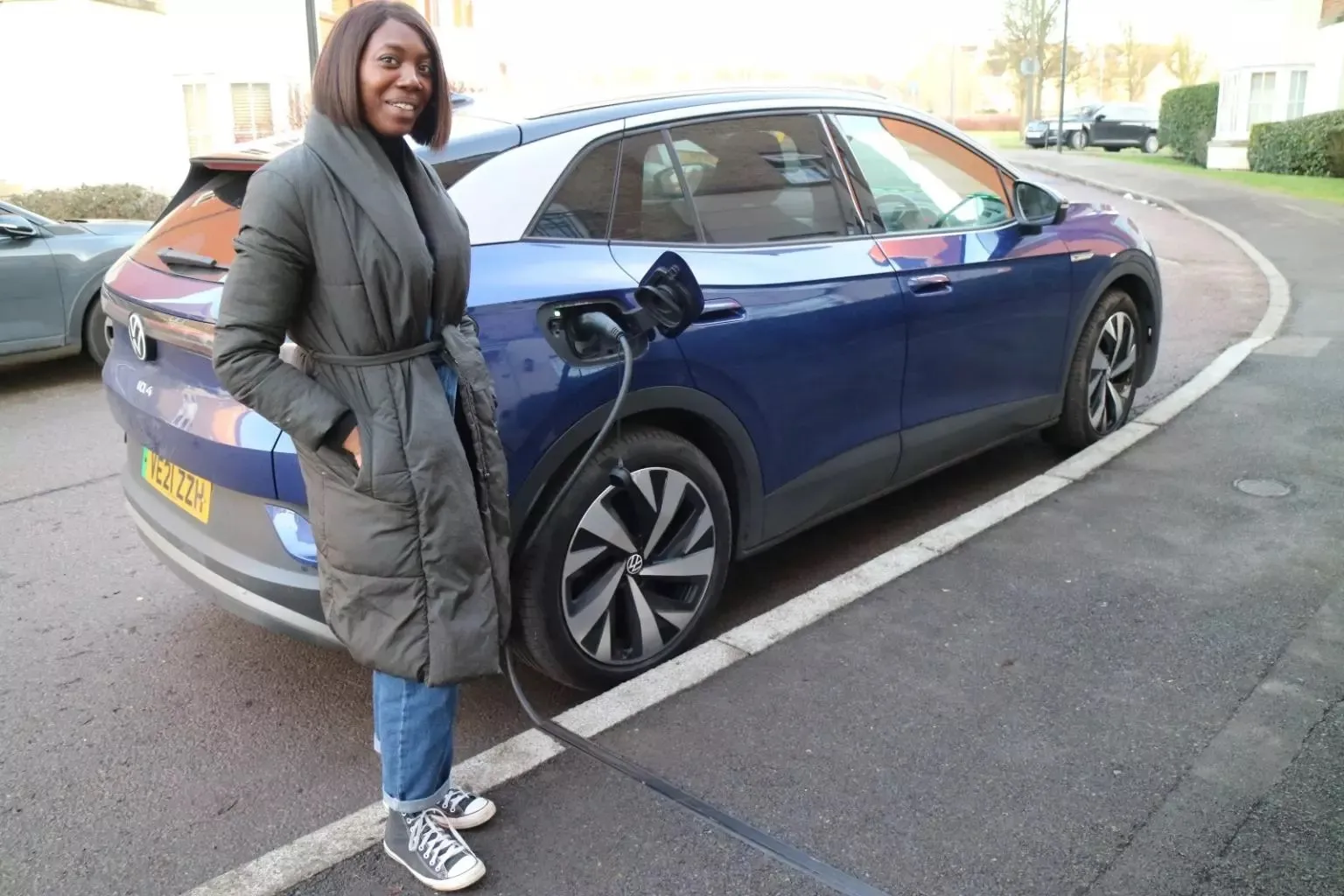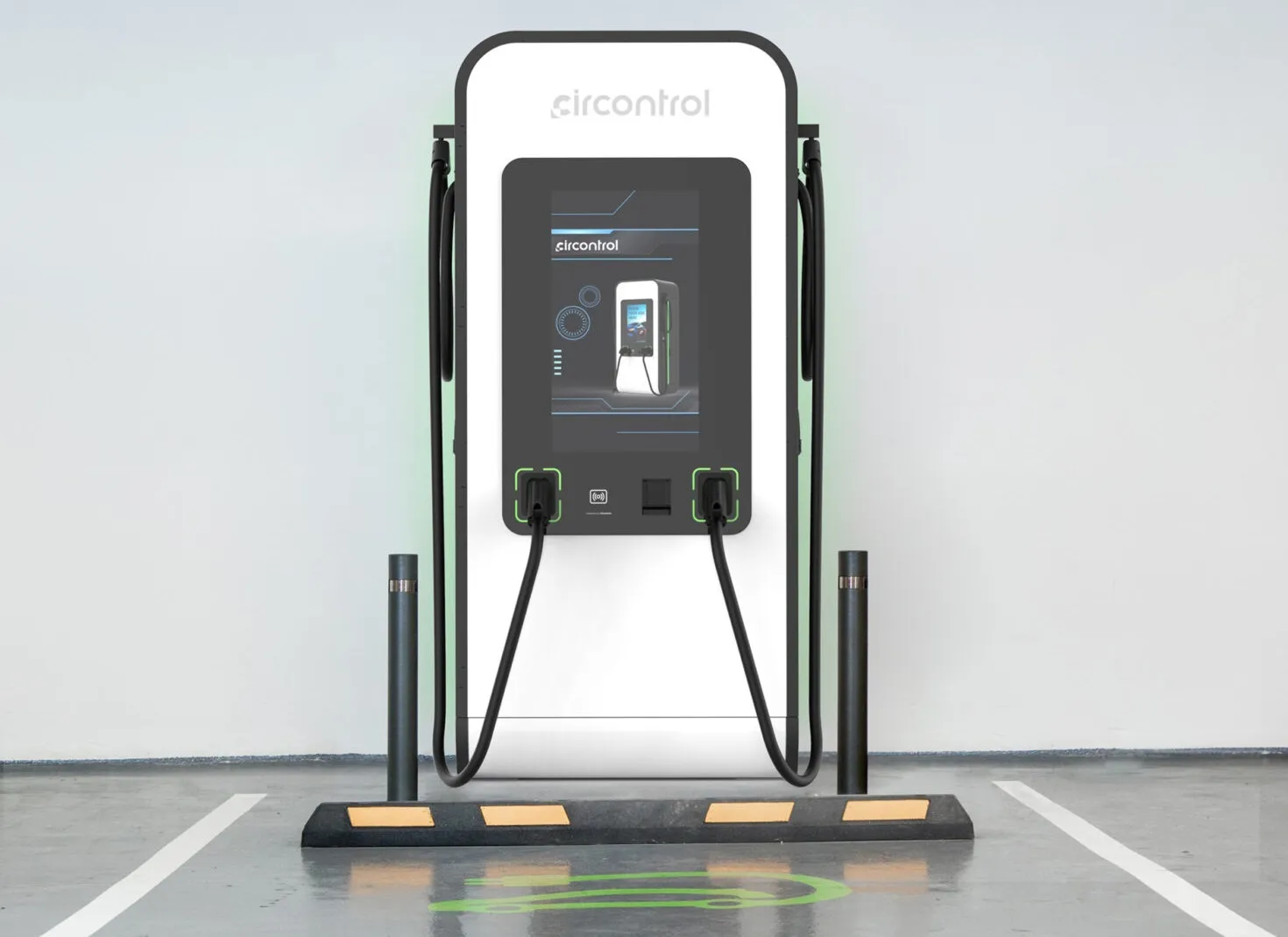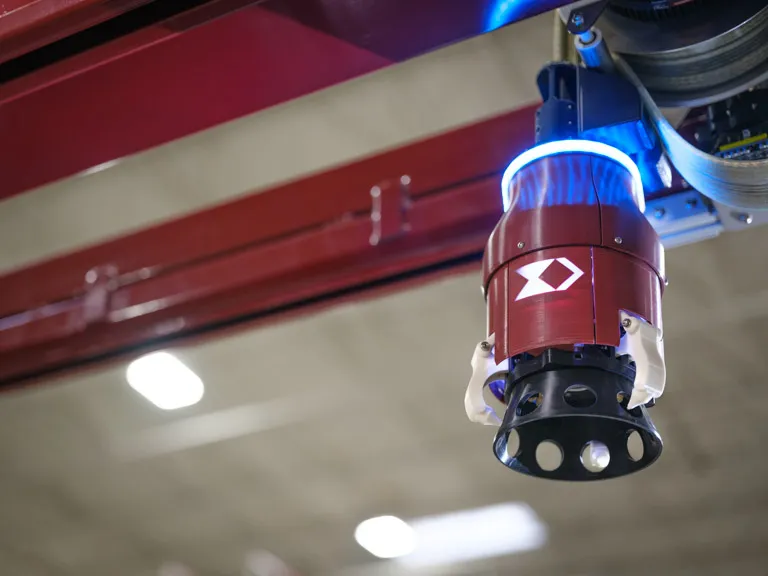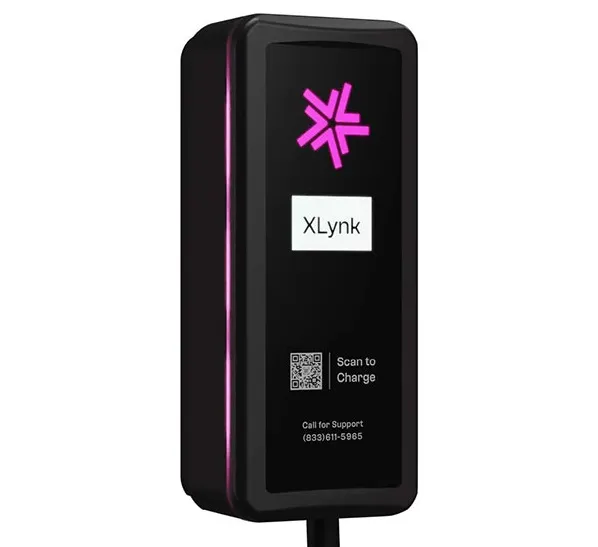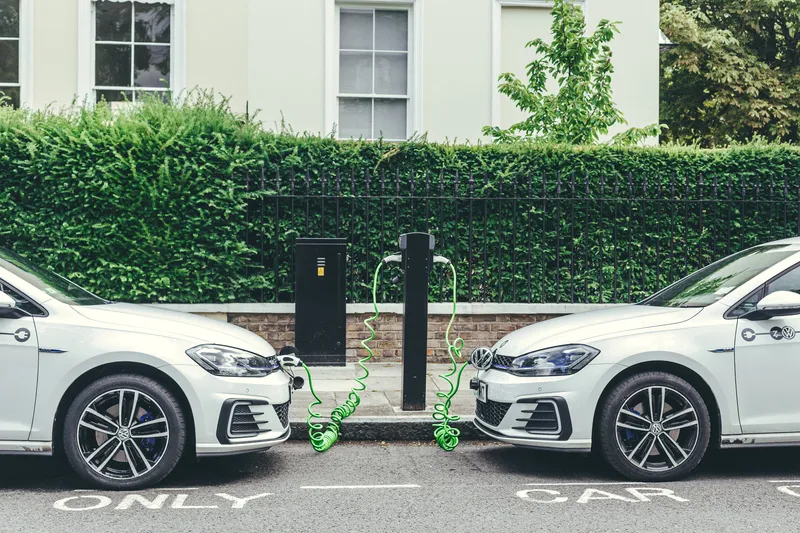
London Councils, the collective of of local government in the UK capital, has published new guidance to support the roll out of cross-pavement EV charging solutions in London's boroughs – an approach that can enable residents without off-street parking to safely charge EVs at home using their own electricity supply.
The report follows the government's recent announcement of £25m in funding for local authorities to install cross-pavement EV charging solutions across the country.
As the UK’s leader in EV uptake, London is home to 193,000 plug-in cars and vans, with that number expected to rise to 1.4 million by 2030.2 While 90% of EV users prefer the cost savings and convenience of home charging, 61% of Londoners do not have access to off-street parking— creating a major barrier to EV uptake in the capital.
This growing gap has led to a rise in trailing charging cables across pavements, creating trip hazards and accessibility risks, especially for older residents and those with mobility or visual impairments.
Cross-pavement charging solutions can offer a practical fix. Using either a surface 'gully' or a system buried under the pavement, they allow charging cables from a home charge point to safely cross the pavement to an EV parked on the street.
These installations are quick—typically completed within 1.5 to 3 hours—and blend into existing street materials to maintain safe pedestrian access. Installation costs currently range from £1,000 - £1,500.
Cross-pavement solutions require approval from the local authority and may not be suitable for every household. However, many London boroughs are actively preparing to trial these technologies as they assess their potential for wider rollout.
Several London boroughs are already rolling out solutions.
Enfield Council successfully trialled a cross-pavement charging channel with Kerbo Charge in 2024. Now available borough-wide, it allows residents to charge using cheaper home energy tariffs and supports Enfield’s goal of becoming carbon neutral by 2040.
Bromley Council has rolled out a similar scheme using the Gul-e solution. Eligible residents can install a flush-mounted gully outside their homes, enabling safer, more affordable EV charging.
Mayor Brenda Dacres, London Councils’ executive member for transport and environment, said: “We’re serious about tackling air pollution and cutting carbon emissions in London. That’s why it’s crucial to make switching to electric vehicles an option for more Londoners – especially those without driveways. Cross-pavement charging is a simple but powerful innovation that can help open up affordable home charging to thousands of residents. Just as importantly, it helps reduce trip hazards caused by loose charging cables, keeping our pavements safe and accessible for all.”
“By supporting boroughs to roll out these solutions safely and fairly, we’re removing one more barrier to cleaner transport and making real progress toward a greener, healthier capital.”
London Councils says it remains committed to a net-zero capital by 2030. Through collaborative local action, boroughs are cutting emissions, improving air quality, and investing in practical infrastructure that supports a more inclusive and sustainable future.


